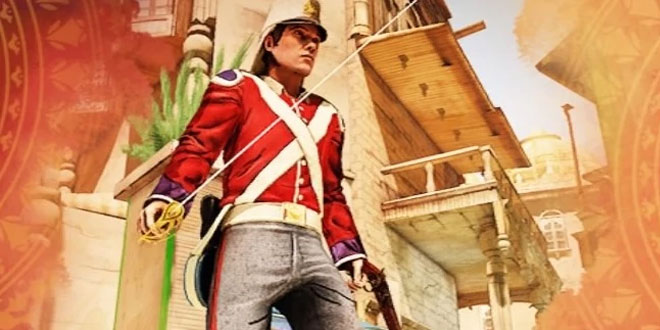Question: Name any two countries which became major supplier of wheat during the First World War.
Answer: Canada, America and Australia
Question: What was mass production? Who was pioneer of mass production?
Answer: Production of goods on large-scale is known as mass production. Henry Ford was pioneer of mass production.
Question: Which was the world’s first mass produced car?
Answer: The T-Model.
Question: What was Henry Ford’s best cost cutting decision?
Answer: Under this he doubled the wages of workers but recovered the loss by speeding up the production line.
Question: “The agricultural regions and communities were the worst affected by the Great Depression of 1929”. Give one reason.
Answer: This was because the fall in agricultural prices was greater and more prolonged than that in the prices of industrial goods.
Question: Name the economist who thought that India gold exports during the Great Depression of 1929 promoted global economic recovery.
Answer: John Maynard Keynes
Question: Name the movement launched by Gandhiji during the Great Depression of 1929.
Answer: Civil Disobedience Movement
Question: Which two crucial influences, shaped post-war reconstruction?
Answer:
- USA emerged as the dominant economic, political and military power in the western world.
- Dominance of the Soviet Union.
Question: Name any two world institutions which were established under the Bretton Woods. Also mention one objective of each.
Answer:
- International Monetary Fund.
- World Bank.
Question: What was the main aim of the post-war international economic system in the world?
Answer: Economic stability and full employment.
Question: Why were IMF and International Bank for Reconstruction and Development formed?
Answer:
- IMF – To deal with external surpluses and deficits of its member nations.
- IBRD – To finance post-war reconstruction.
Question: What is difference between international momentary system and the Bretton Woods system?
Answer: The international monetary system is the system linking national currencies and monetary system whereas the Bretton Woods system was based on fixed exchange rates.
Question: What were the limitations of IMF and the World Bank? Mention any two.
Answer:
- They were not equipped to cope with the challenge of poverty and lack of development in the former colonies.
- They were controlled by USA as it had veto power.
Question: Why China and other Asian countries became attractive destination for investment by foreign MNC’s?
Answer: This is because of the low cost structure of Chinese economy, most importantly its low wages.
Question: What is G-77?
Answer: The G-77 is a loose coalition of developing nations, designed to promote its members collective economic interests and create an enhanced joint negotiating capacity for the United Nations. There were 77 founding members, but the organisation has since expanded to 130 member countries.
Question: “The pre-modern world shrank greatly in the 16th century.” Explain.
Answer:
- Because the European sailors found a sea route to Asia and successfully crossed the western ocean to America.
- The Portuguese and the Spanish conquests and colonization of America was decisively under way by the mid-16th century.
- Precious metals, particularly silver, from mines located in presently Peru and Mexico enhanced Europe’s wealth and financed its trade with Asia.
Question: What were Corn Laws? Why were these Laws abolished?
Answer: The Corn Laws were British trade laws to regulate the export or import of corn. These laws were abolished:
- Because restriction of imports lead to high food prices.
- These laws restricted the free trade.
- Landlords, industrialists and urban dwellers were against these laws.
Question: Highlight three main features of life of African people before the coming of Europeans.
Answer:
- Africa had abundant land and a relatively small population.
- For centuries, land and livestock sustained African livelihoods. Agriculture and animal rearing was the main occupation of the people. Most of the villages and families were self-sufficient.
- People rarely worked for a wage. There were few consumer goods that wages could buy.
 Class Notes NCERT Solutions for CBSE Students
Class Notes NCERT Solutions for CBSE Students





